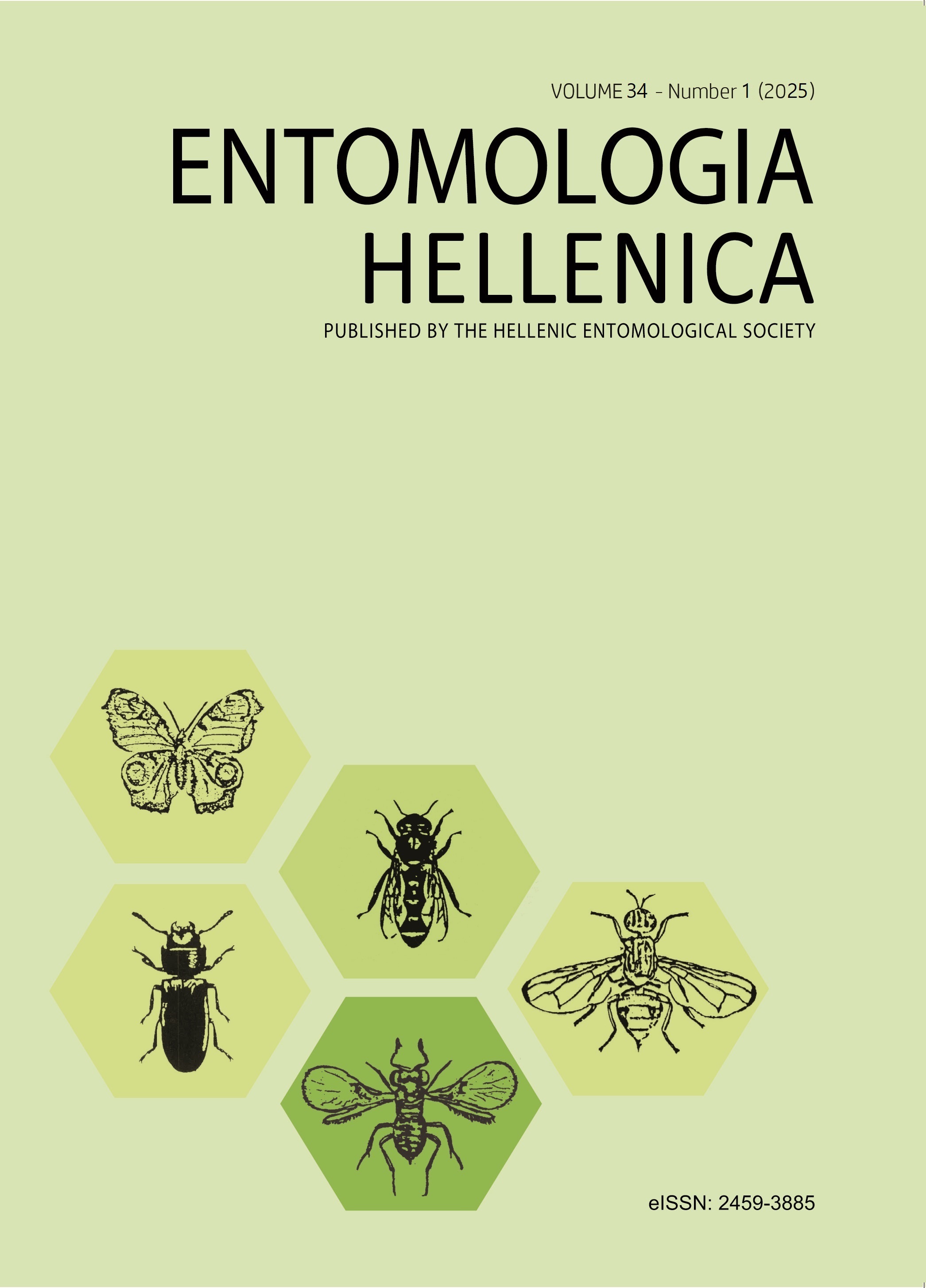Insecticidal effects of aqueous extracts from Artemisia herba-alba Asso and Rosmarinus officinalis L against Drosophila melanogaster (Diptera: Drosophilidae)

Abstract
Synthetic insecticides are frequently used to control or prevent agricultural insect pests. However, their excessive use is generally associated with environmental pollution, loss of biodiversity, health risks to humans, and adverse effects on various living beings. Considering the harmful consequences of chemical pesticides on the environment and public health, this highlights the necessity for target-specific, biodegradable, and environmentally friendly products, such as those extracted from plants. Hence, in the present study, the bio-efficacy of two botanical plant extracts obtained from the leaves of Artemisia herba-alba Asso and Rosmarinus officinalis L. by the maceration method was investigated on Drosophila melanogaster Meigen (Diptera: Drosophilidae) a widely used biological model for assessing insecticidal effects. The aqueous extracts were applied topically through different doses varying from 1 to 20 µg per larva for A. herba-alba, and 1 to 35 μg per larva for R. officinalis, on the third instar larvae, and the inhibition doses of adult emergence (ID25 and ID50) were determined. Our results indicate that the aqueous extracts of A. herba-alba showed very promising insecticide activity against D. melanogaster compared to R. officinalis extract. Topical toxicity recorded ID25 and ID50 values of 1.35 and 3.17 µg per larva for A. herba-alba, followed by 2.03 and 6.42 µg per larva for R. officinalis, respectively. These findings reflect clearly that the aqueous plant extracts of A. herba-alba and R. officinalis have great potential to develop new botanical insecticides as safe alternatives for insect-pest control.
Article Details
- How to Cite
-
BENSEBAA, F., BOULAHBEL, B., BEZZAR-BENDJAZIA, R., FERDENACHE, M., & KILANI-MORAKCHI, S. (2025). Insecticidal effects of aqueous extracts from Artemisia herba-alba Asso and Rosmarinus officinalis L against Drosophila melanogaster (Diptera: Drosophilidae) . ENTOMOLOGIA HELLENICA, 34(1), 100–109. https://doi.org/10.12681/eh.39805
- Section
- Articles

This work is licensed under a Creative Commons Attribution-NonCommercial-ShareAlike 4.0 International License.
Authors who publish with this journal agree to the following terms:
Authors retain copyright and grant the journal right of first publication with the work simultaneously licensed under a Creative Commons 4.0 license.
Authors are able to enter into separate, additional contractual arrangements for the non-exclusive distribution of the journal's published version of the work (e.g. post it to an institutional repository or publish it in a book), with an acknowledgement of its initial publication in this journal. Authors are permitted and encouraged to post their work online (preferably in institutional repositories or on their website) prior to and during the submission process, as it can lead to productive exchanges, as well as earlier and greater citation of published work.


